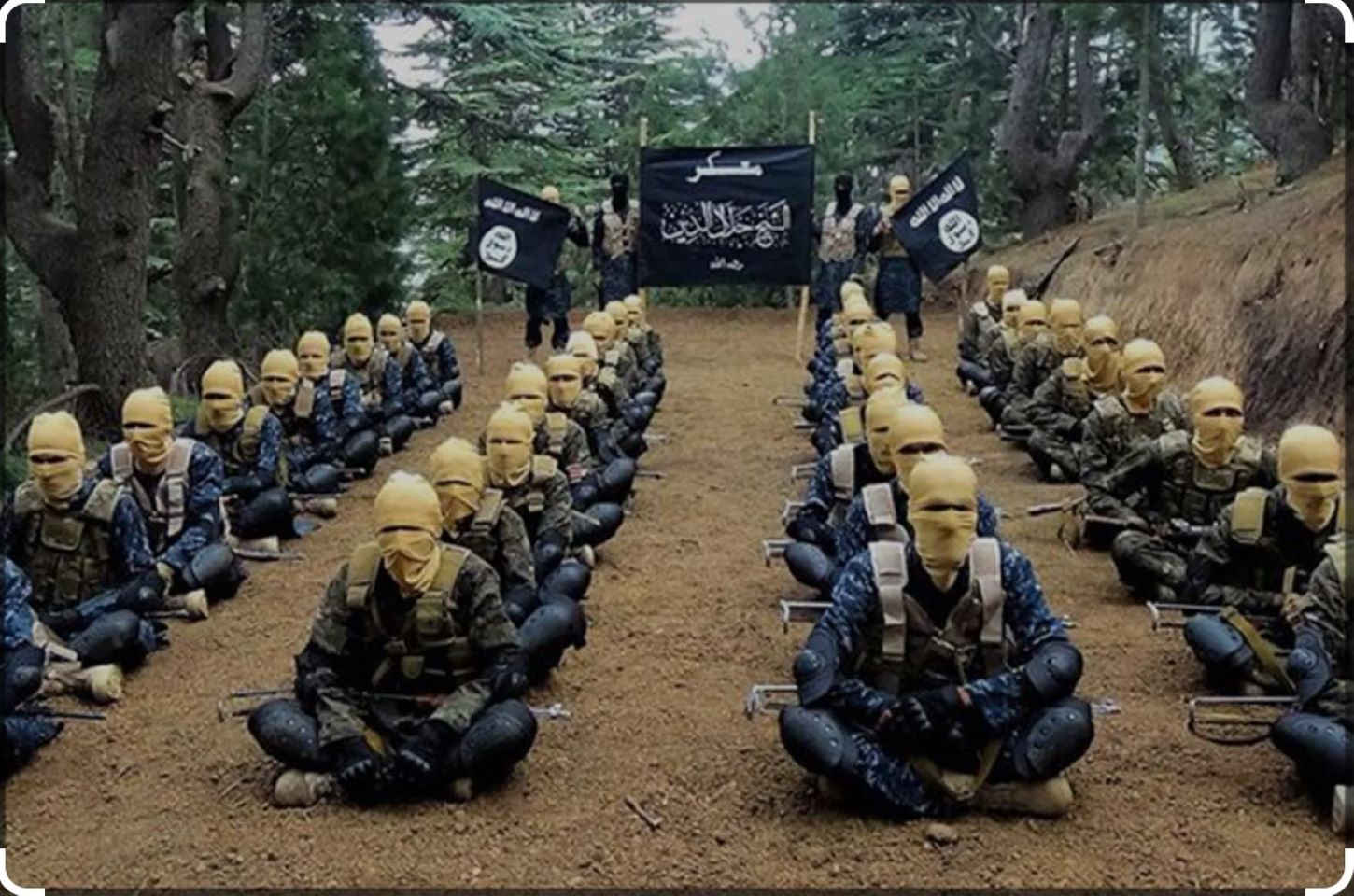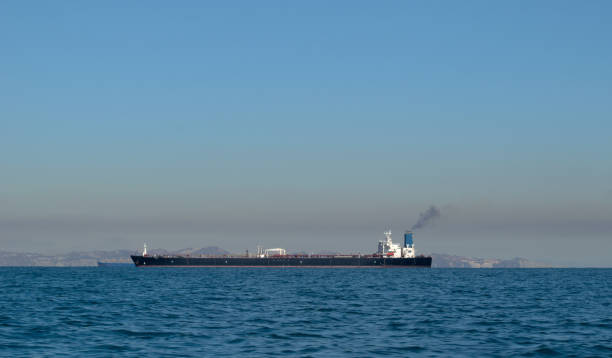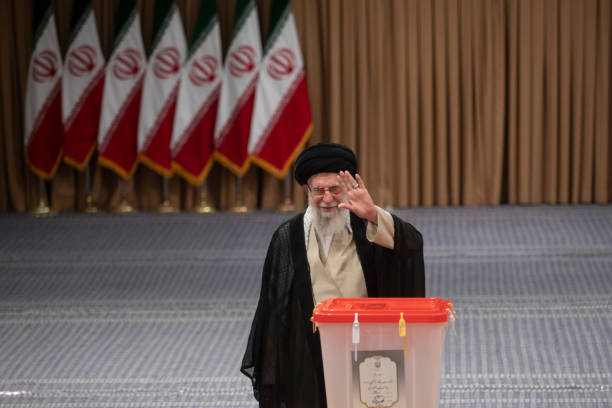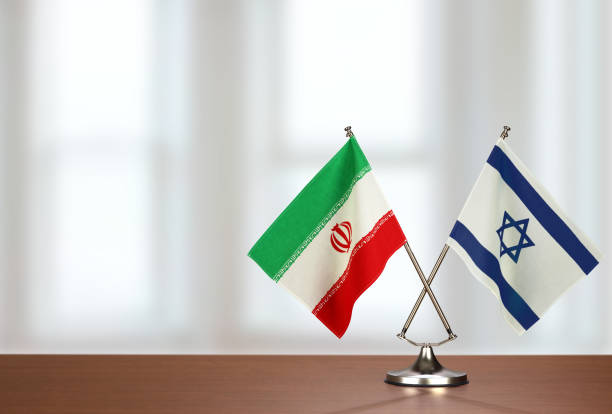ISIS-K: new region, new threat
The Islamic State’s Khorasan Province (ISIS-K) has become a major threat in Afghanistan, with the US State Department designating its leaders as top-priority terrorists.

The group claimed responsibility for the Abbey Gate suicide bombing that killed 13 US service members and over 160 Afghans during the military withdrawal from Afghanistan. Experts warn of ISIS-K’s rise and the group’s potential to become a staging ground for global terrorism.
ISIS-K was formed in 2015 in Afghanistan and Pakistan with the help of local organizations such as the Pakistani Taliban and al Qaeda defectors. They were able to administer the territory and become the fourth deadliest terrorist organization by 2018. However, intensive counterterrorism and counterinsurgency operations by the US and allied partners resulted in the organization’s decline and recapture of its territory by 2020.
“The Islamic State's Khorasan Province, also known as ISIS-K, has rapidly become the new boogeyman in the Middle East — specifically in Afghanistan, where the overall ISIS apparatus has spread its influence.”
— CEP (@FightExtremism) May 12, 2023
In mid-2020, a new leadership council under a new leader was formed, which led to a resurgence in urban warfare operations and bombings, including the infamous Kabul airport attack in 2021. The Taliban cannot control ISIS-K as they are a separate entity, and the two groups are openly fighting with each other. Despite the Taliban governing a portion of Afghanistan, they are unable to fully stop ISIS-K from planning, plotting, and reaching out to the outside world to inspire attacks in other places.
Andrew Mines, a researcher with the George Washington Program on Extremism, highlights the regional nature of IS-K, with foreign fighters from over a dozen nationalities, and the intensified propaganda and attacks during the resurgence period. Dan Lamothe of the Washington Post emphasizes the need for continued efforts to track IS-K’s communication with individuals in other countries such as Britain, France, and Turkey, which are being monitored by the US government.
Military officials express concern over the increasing threat of external attacks by ISIS-K in Afghanistan. While there is agreement about the rising concern, there is a difference of opinion on the timeline for these attacks. ISIS-K has also disrupted humanitarian aid in Afghanistan, which is a crucial issue after the withdrawal of US forces. The terrorist group is destabilizing the country through campaigns against humanitarians, propaganda, and insurgency warfare strategies.
ISIS-K remains a threat in Afghanistan, and though the Taliban has put pressure on them, their success has only been partial. ISIS-K’s ambitions for expanding their knowledge on drone and chemical warfare have not been realized, and their most likely mode of attack in Afghanistan is through gun attacks and driving trucks through crowded areas.
The Taliban has criticized the reporting on the ISIS-K threat as Western propaganda while also trying to push back against the group and maintain its acceptance of Western aid. The resurgence of ISIS-K in Afghanistan highlights the need for ongoing efforts to prevent their activities and maintain security in the region.
The Taliban have been fighting ISIS-K since 2015 with the help of the US-led coalition, but it took several years to push them into a position where people thought they were defeated. However, IS-K still poses an existential threat to the Taliban if they are able to grow their insurgency and undermine the regime. The worst-case scenario is a caliphate in Afghanistan run by IS-K, which is an unacceptable outcome.
There is concern about al Qaeda as well, but they have been diminished to some degree and are not a major concern at the moment. It is uncertain how the situation will evolve, but the discussion of the best model for dealing with it needs to evolve as well. It is unlikely that there will be another 20-year commitment on the ground in Afghanistan, but people need to keep their eyes open and be aware of the complex issues that will continue to ebb and flow over time.



.jpg)



Conversation